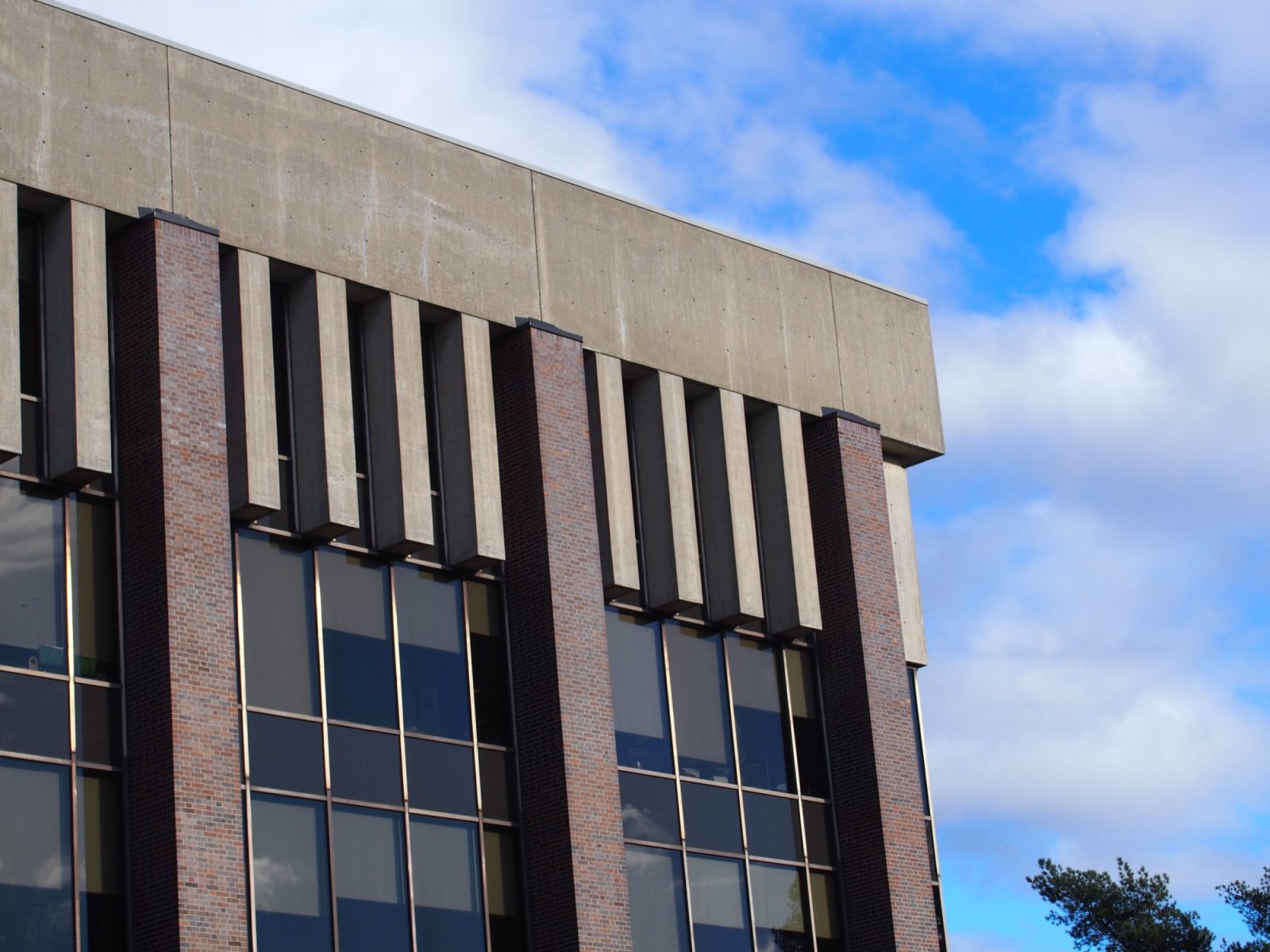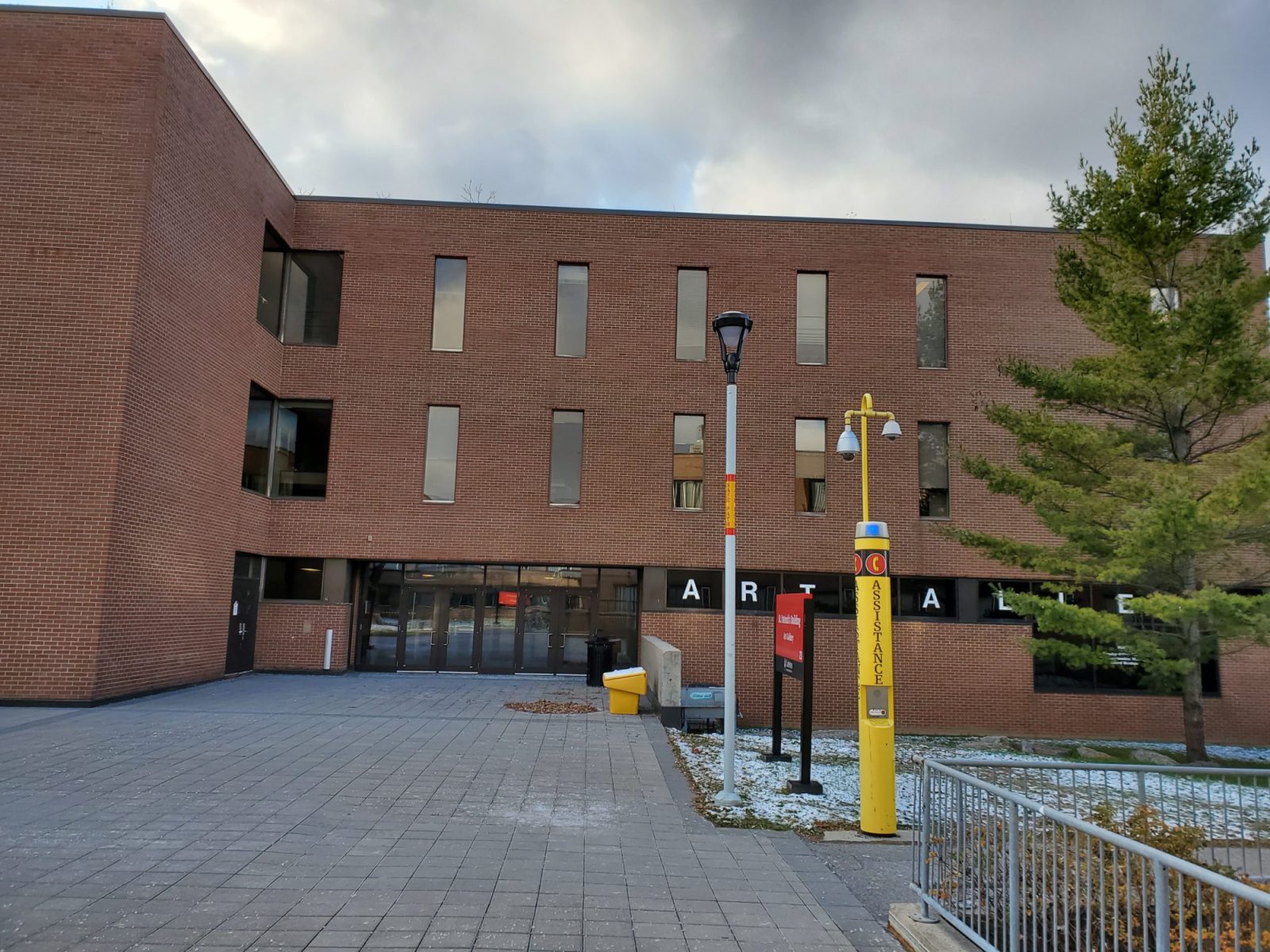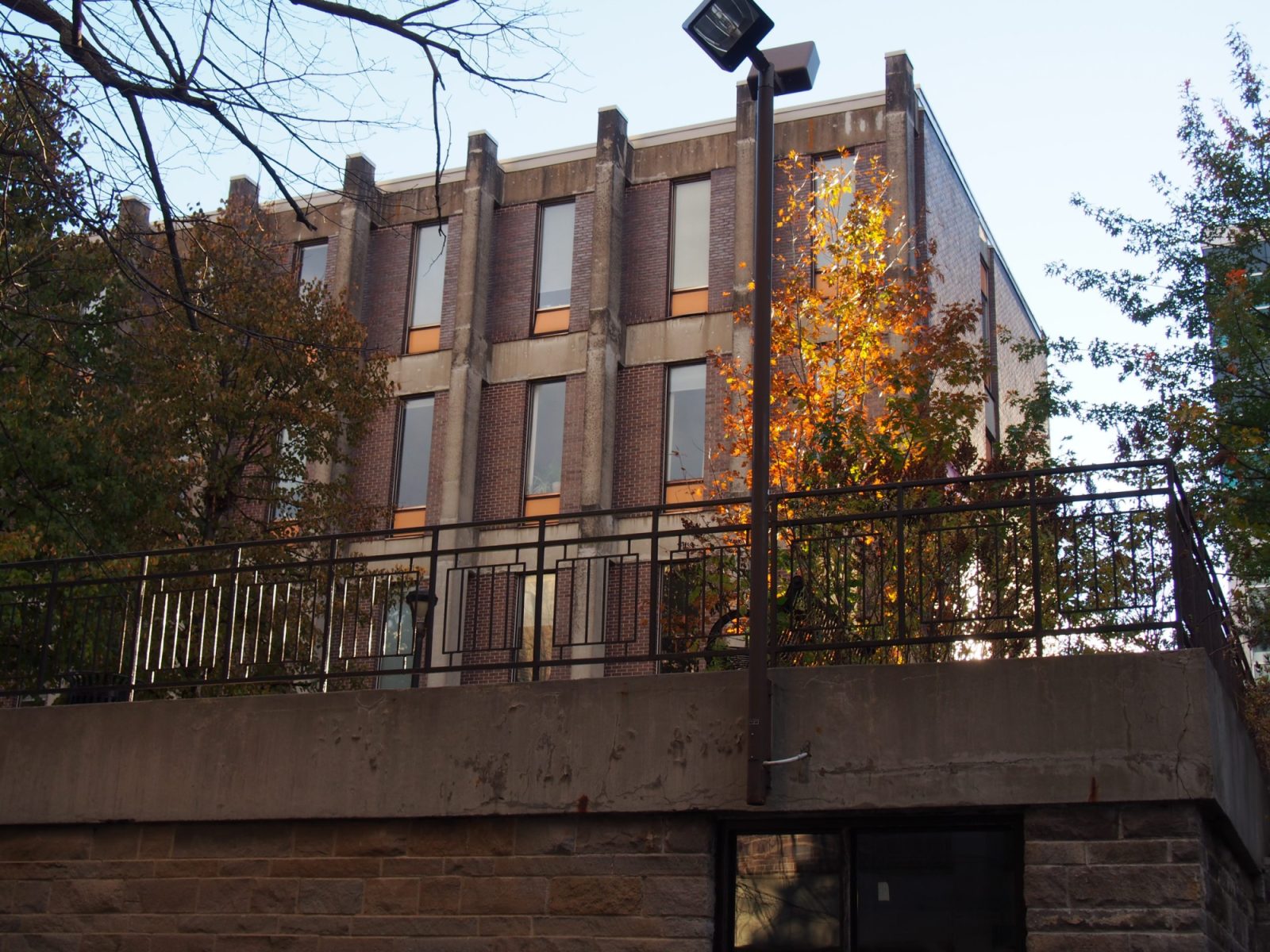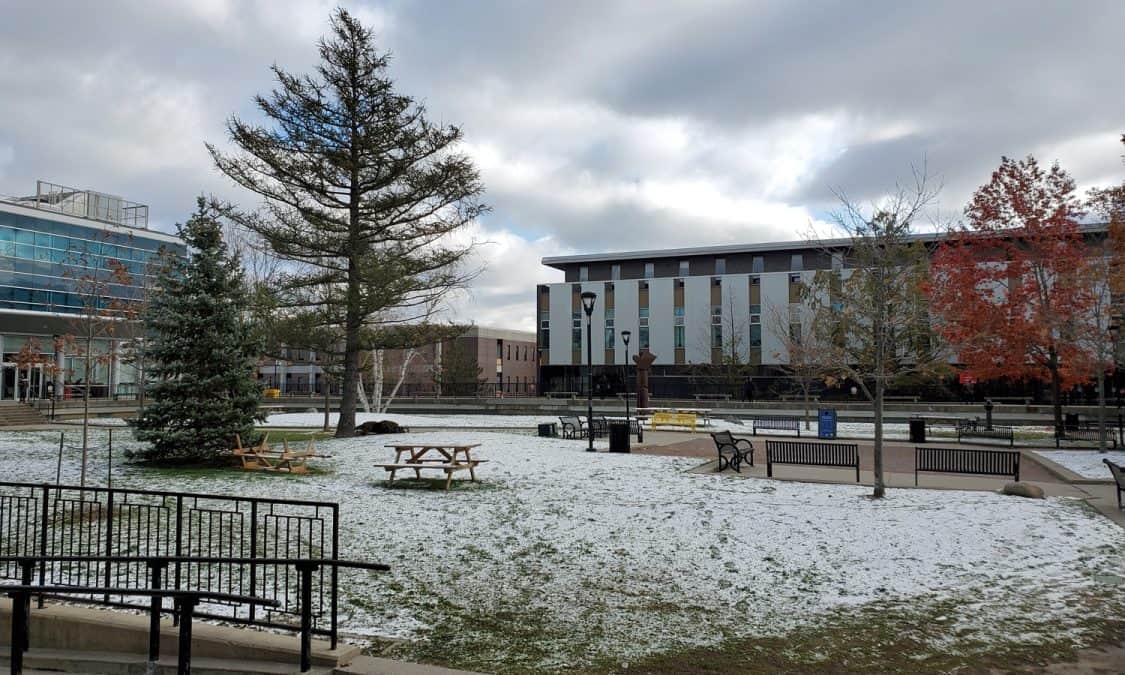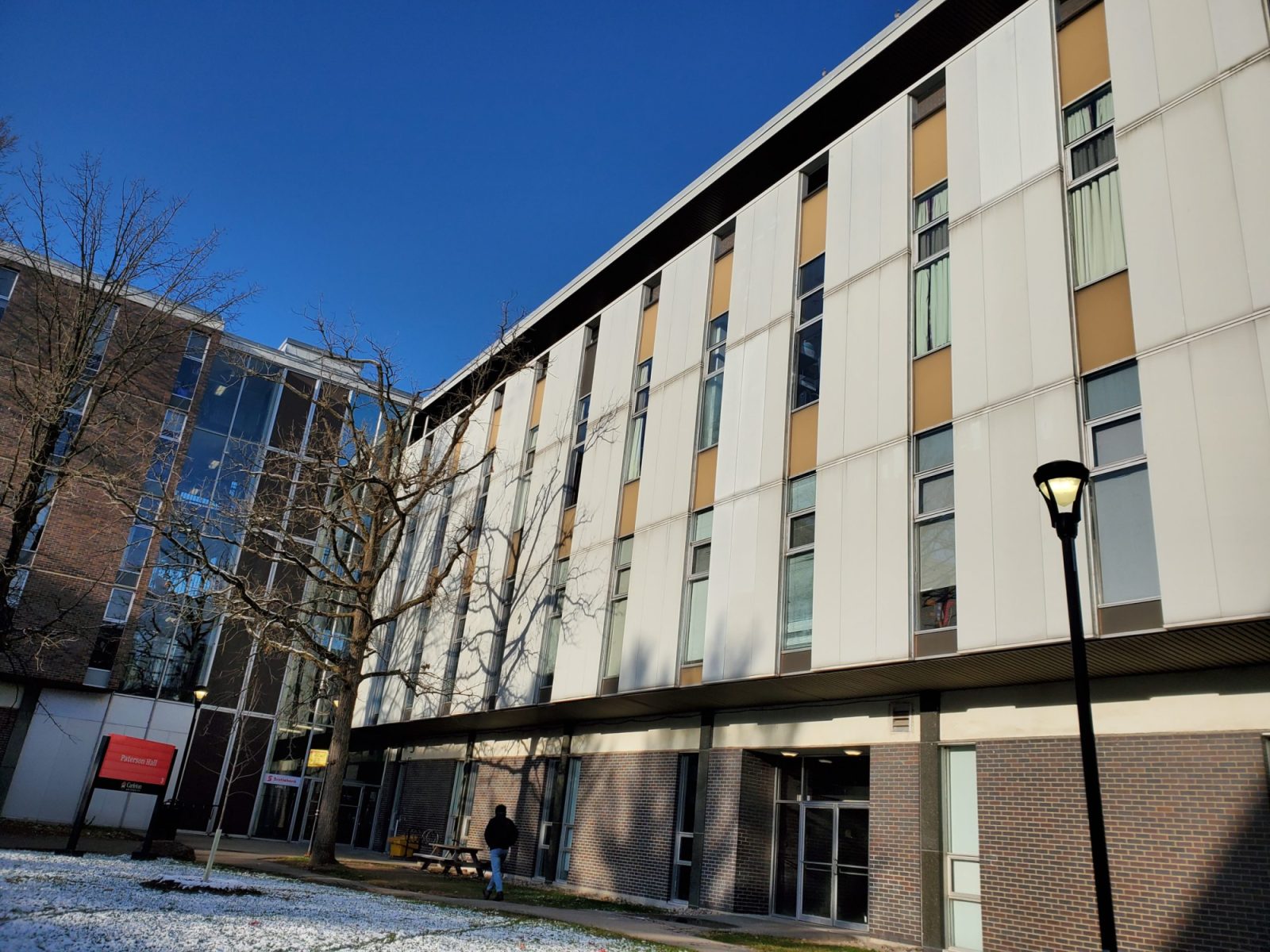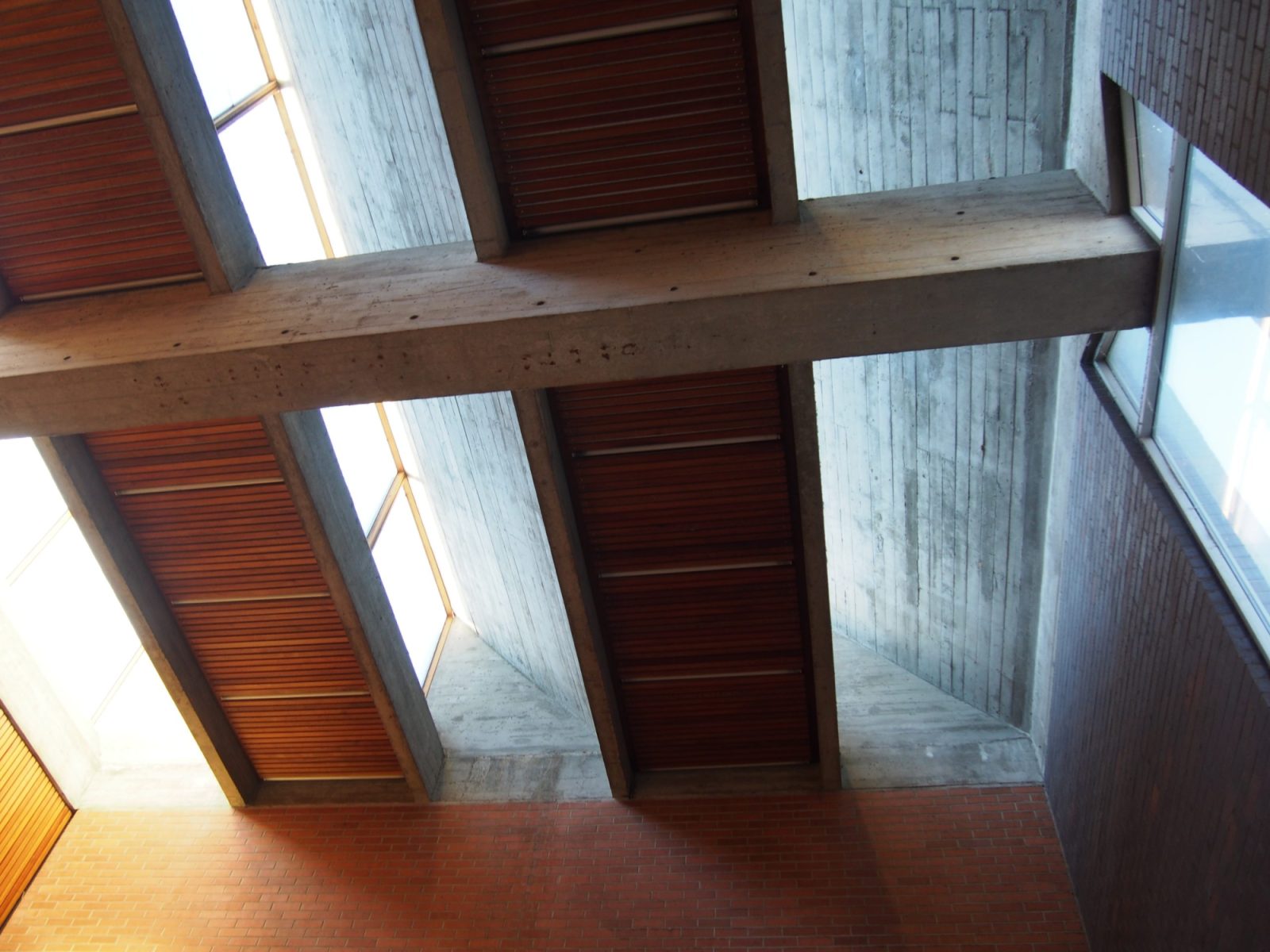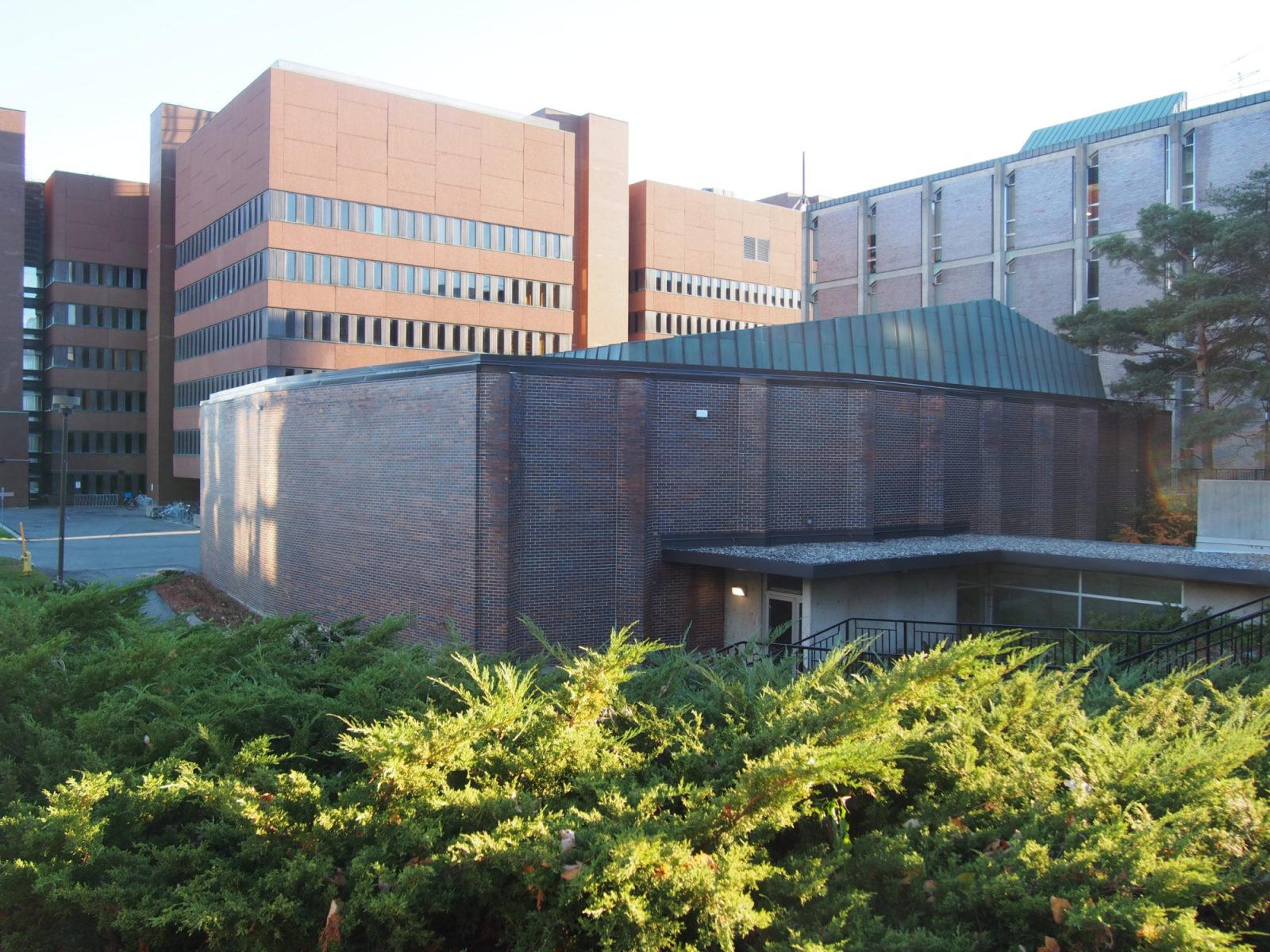Carleton University
Located along both the Rideau Canal and Rideau River, Carleton University is a University campus that has been continuously evolving from its modern core since the mid-1950s

Originally founded in 1942, Carleton College (now Carleton University) started its early life in Ottawa’s Glebe neighbourhood, before moving to its current campus located between the Ottawa River and Rideau Canal. The official sod turning for the Rideau campus occurred in October 1956 with the Macodrum library being completed in 1958. It would take two more years before the official opening, although classes would technically start in September 1959.
The original campus was constructed around a central quadrangle, a reference to a traditional layout for a post secondary institution, set on a gentle rise in the landscape and open to the Rideau Canal. To house the original programs and provide some of the necessary academic support spaces, the three original buildings included MacOdrum Library, Patterson Hall and Tory Building. Interestingly, each of these buildings has been altered, adapted and reskinned multiple times during their life speaking to the loose fit of their design.
From this campus core the first additions included multiple buildings (academic buildings, gymnasium and residences) in 1963 and continued construction during the remainder of the 1960s and early 1970s including the opening of the Architecture Building in 1973.
While minor construction and additions were constructed during the late 1970s through the 1990s, the next significant wave in campus construction would start in 2000 with the addition to the Minto CASE building. This period still continues adding a significant quantity of space, building outward from the original quadrangle, while sticking close to the original campus organization featuring a clear separation of academic buildings from residences and support buildings.
An important and unique feature from the campus is the presence of underground tunnels that connect all the different buildings on campus. Although there are lots of buildings connected to the tunnels, the Architecture Building is one of the few that interacts with them providing natural light into the tunnels, a sunken garden along with direct access to the lower level of the building.
Check back as more places will be added to this tour over time.

